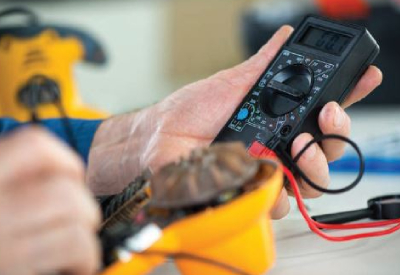Energy Storage Charges Forward

Jan 30, 2018
By Heather Clancy
Use it or lose it. Few products in the world have a shorter shelf life than electricity. That’s why pretty much everyone involved in the power sector — from utilities to buyers to start-ups to state regulators — is putting more energy than ever behind ways to extend it.
That’s fuelling a boom in projects and investments centred on advanced battery chemistries and alternative energy storage approaches, such as hydrogen fuel cells and thermal options that use hot water or ice to conserve power. The Holy Grail over time is to create a network of resources that can be used in concert with solar and wind farms. The idea is to balance those intermittent renewable resources, help make it easier to integrate distributed power plants into the grid.
But energy storage also promises tangible benefits in the short term, especially for demand-response applications that help utilities and businesses manage through “peak” periods when the strain on the electric grid could threaten reliable operations.
That powerful combination could inspire the deployment of 125 gigawatts in storage capacity worldwide between now and 2030, according to projections — a US$103 billion investment. Notes Bloomberg New Energy Finance Analyst Yayoi Sekine: “The industry has just begun. With so much investment going into battery technology, falling costs and with significant addition of wind and solar capacity in all markets, energy storage will play a crucial role in the energy transformation.”
You don’t have to be a clean power advocate to appreciate the return on investment. Even U.S. Department of Energy Secretary Rick Perry is talking up the potential. And an astonishing mix of equipment providers are introducing systems, even big diesel and gas generator companies such as Caterpillar and military contractors such as Lockheed Martin…
Right now, many people tend to equate energy storage with advances in batteries. The battery supporting Tesla’s forthcoming semi-truck, as just one example, will deliver more range at a lower cost than anyone predicted. Millions of dollars are being thrown at start-ups — US$480 million in the first half of 2016 went to companies researching lithium advances, zinc-air innovations and flow science using various electrochemical combinations. The systems they’re testing are meant for both electric vehicles and stationary systems that support buildings or community distribution systems. The Pena Station microgrid in Denver, for example, uses a 1-megawatt system to support the solar resources.
An analysis by Lux Research suggests that lithium-ion will be most cost-effective for applications requiring from 75 kilowatts to 100 megawatts of capacity, with backup ranges of 15 minutes to 8 hours. The capital costs for the technology could fall as much as 36% over the next five years, more quickly than expected, according to research by investment firm Lazard.
Heather Clancy is Editorial Director, GreenBiz Group.
2018 State of Green Business is published by GreenBiz Group in partnership with Trucost, part of S&P Dow Jones Indices. Download the full report: https://www.greenbiz.com/report/state-green-business-report-2018
Photo source: 2018 State of Green Business
















